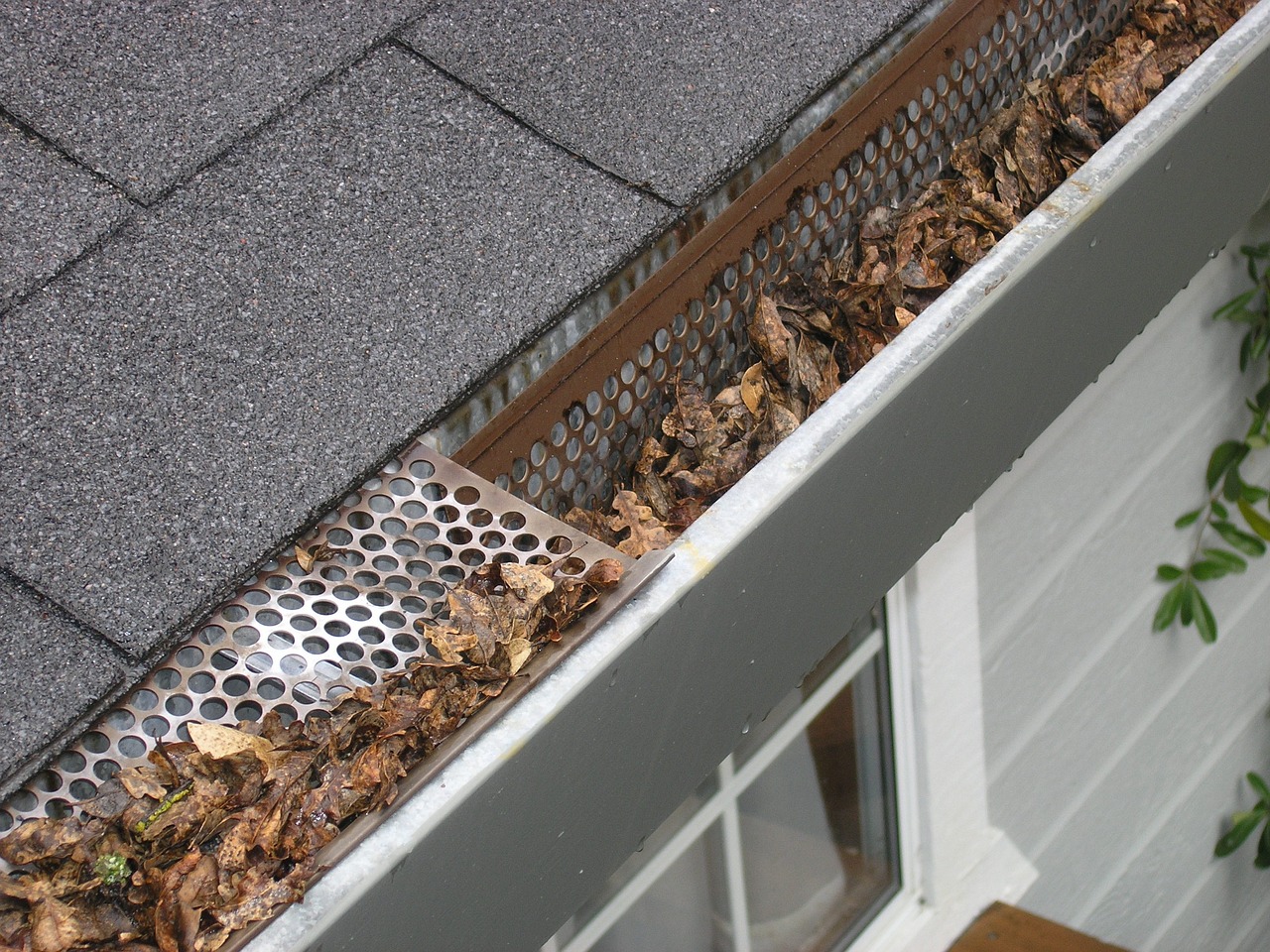Explore Water Tank Types and Considerations for Home Use
Need a reliable water tank for your home or property? This guide explores the types available and what to consider before choosing. Learn about materials, capacity and installation. See how different tanks perform in varied weather conditions and situations.
Types of Water Storage Tanks Available
Water storage tanks come in several materials and configurations, each suited for different applications. Polyethylene (plastic) tanks are lightweight, cost-effective, and resistant to UV radiation, making them popular for residential use. Stainless steel tanks offer superior durability and are ideal for drinking water storage, while concrete tanks provide permanent, underground storage solutions. Fiberglass tanks resist corrosion and maintain water quality but typically come at a higher price point.
Key Factors in Tank Selection
The size and capacity of your water tank should align with your household’s needs and available space. Consider factors like annual rainfall, water consumption patterns, and intended use when determining capacity. Location requirements, local building codes, and structural support capabilities of your property also play vital roles in tank selection.
Material Considerations and Durability
Different tank materials offer varying levels of durability and maintenance requirements. Polyethylene tanks typically last 15-20 years with proper care, while stainless steel can exceed 30 years. Concrete tanks, when properly installed, can last indefinitely but may require periodic sealing. Consider your climate, as extreme temperatures can affect certain materials more than others.
Installation and Maintenance Requirements
Professional installation is recommended for larger tanks and essential for underground systems. Above-ground tanks need a level, stable foundation, typically concrete or compacted sand. Regular maintenance includes cleaning, inspection for leaks, and ensuring proper drainage around the tank base. Some materials require specific maintenance protocols to prevent algae growth or degradation.
Environmental Factors and Weather Resistance
Your local climate significantly impacts tank selection. Areas with high UV exposure benefit from specially treated polyethylene or metal tanks. Regions with extreme temperature variations may require insulated tanks or underground installation. Consider wind resistance for above-ground installations, particularly in storm-prone areas.
Common Tank Options and Price Comparisons
| Tank Type | Capacity Range (Gallons) | Average Cost Range |
|---|---|---|
| Polyethylene | 300-5,000 | $300-$3,000 |
| Stainless Steel | 500-10,000 | $800-$10,000 |
| Concrete | 1,000-15,000 | $2,000-$15,000 |
| Fiberglass | 500-20,000 | $1,000-$12,000 |
Prices, rates, or cost estimates mentioned in this article are based on the latest available information but may change over time. Independent research is advised before making financial decisions.
Water storage tanks represent a significant investment in your property’s infrastructure and water security. While initial costs vary significantly based on material, size, and installation requirements, focusing on quality and proper installation will ensure long-term reliability and value. Consider your specific needs, local climate conditions, and maintenance capabilities when selecting a water tank system for your home.





